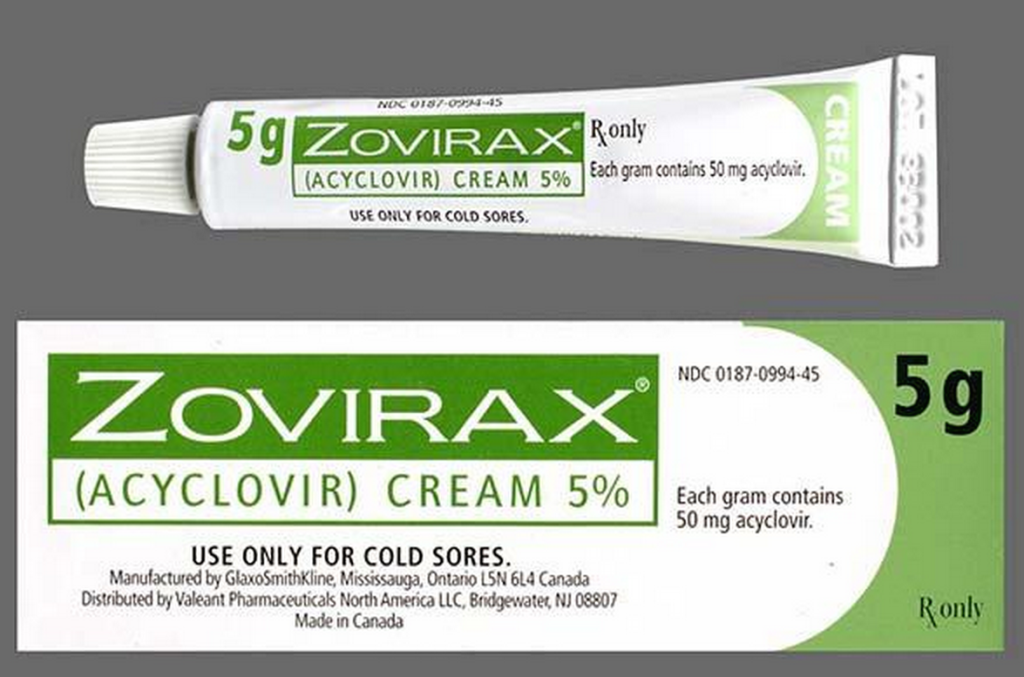Why Does A Tube Of Cold Sore Cream Cost $2,500?
 In Canada, you can buy a tube of brand-name prescription cold sore cream Zovirax for around $50. Its generic equivalent (acyclovir) is half that price. And even here in the states you can find generics acyclovir pills and ointments for a reasonable price, so why does what is effectively the same product sell for more than $2,500 in the U.S.?
In Canada, you can buy a tube of brand-name prescription cold sore cream Zovirax for around $50. Its generic equivalent (acyclovir) is half that price. And even here in the states you can find generics acyclovir pills and ointments for a reasonable price, so why does what is effectively the same product sell for more than $2,500 in the U.S.?
That was the question asked by the L.A. Times’ David Lazarus, after a reader noticed that while he forked over an already hefty $95 co-pay for his tube of Zovirax cream, his hospital paid the drug company Valeant $2,532.80 — for a single tube.
And this wasn’t a mistake. The patient contacted the pharmacy, operated by managed care giant Kaiser Permanente, where employees confirmed that this is simply the price paid for the product.
Which brings us back to the question of why does it cost so much?
Zovirax is produced by big-pharma biggie GlaxoSmithKline, but is now distributed in the U.S. and Canada by Valeant.
A third company, Actavis, now has the rights to market an “authorized” generic version of the medication in the U.S., and there are other drug companies selling acyclovir generics without that label.
However, none of these generics come in “cream” form. They are ointments, which have a higher oil:water ratio than creams, but which are medically identical.
And so the only acyclovir cream being sold in the U.S. is from Valeant, reports Lazarus, who tried to get an explanation from the company about why it charges so much.
A rep for Valeant said the price tag for the Zovirax cream “takes into account many factors, the cost of the active and inactive ingredients, the manufacturing process, the packaging and its related process, as well as the distribution and a myriad of other expenses.”
Keen observers may have noticed that the rep didn’t really answer the question, but did explain how a company would price, well… anything.
A more likely explanation, is that Canadian law places restrictions on drug prices and Valeant is making money stateside where it can.
“If there’s a take-away from [the patient’s] story,” writes Lazarus, “it’s that America’s healthcare system is designed to maximize cash flow for its corporate players and that there are few safeguards to keep costs down.”
We were surprised that Kaiser, which would only say that its price is comparable to what others pay, did not suggest a lower-priced generic ointment for the patient, which is why it behooves all of us to ask our doctors and pharmacists about less-expensive options for our medications.
Want more consumer news? Visit our parent organization, Consumer Reports, for the latest on scams, recalls, and other consumer issues.

